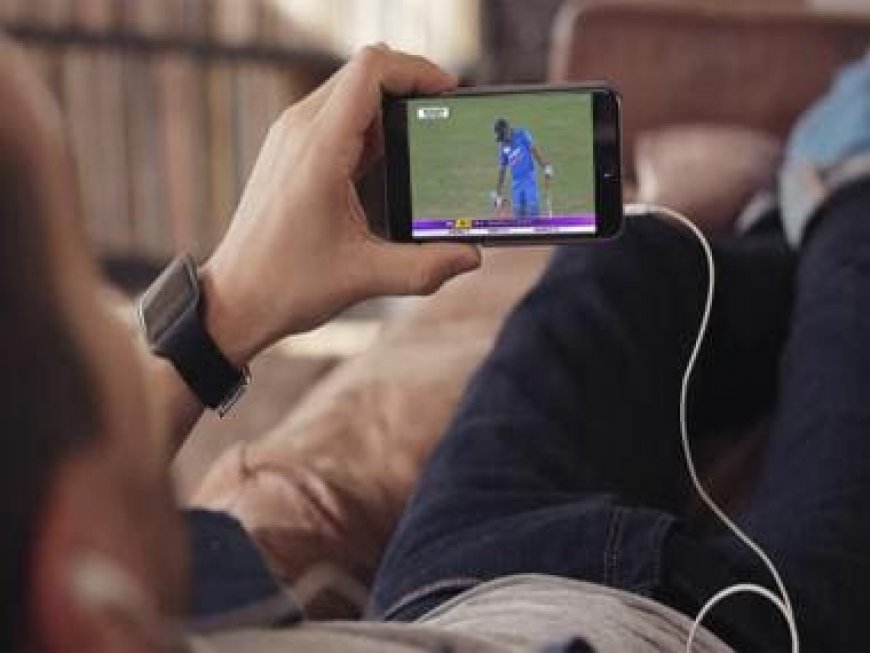GoI wants live TV on mobile phones, but Samsung, Qualcomm are pushing back. Here’s why
GoI wants live TV on mobile phones, but Samsung, Qualcomm are pushing back. Here’s why

Samsung and Qualcomm, among others, are raising objections to India’s choice of technology for enabling live TV broadcasts on smartphones, citing concerns that the required hardware modifications will increase the cost of each device by $30 or about Rs 2500, as per a report by Reuters.
India is contemplating a policy that would mandate equipping smartphones with the necessary hardware to receive live TV signals without relying on cellular networks. The proposed technology is called ATSC 3.0, which is popular in North America and allows for precise geo-locating of TV signals and offers high picture quality.
However, companies argue that their current smartphone models in India are not equipped to function with ATSC 3.0, and any efforts to add compatibility with this technology would raise the cost of each device by $30 or roughly Rs 2500, as it necessitates the addition of more components. Some companies are concerned that this could disrupt their existing manufacturing plans.
In a joint letter to India’s communication ministry, Samsung, Qualcomm, as well as telecom equipment manufacturers Ericsson and Nokia, expressed concerns that adding direct-to-mobile broadcasting could also negatively impact the battery performance of devices and cellular reception.
“We do not find any merit in progressing discussion on the adoption of this,” stated the letter, dated October 17.
The four companies and India’s communication ministry did not respond to requests for comment. The proposal is still under deliberation and subject to potential changes, with no fixed timeline for implementation, according to a source with direct knowledge of the matter.
The adoption of digital broadcast of TV channels on smartphones has been limited in countries such as South Korea and the United States, primarily due to the lack of devices that support the technology, according to industry executives.
This policy resistance is the latest in a series of challenges from firms operating in India’s smartphone sector. In recent months, they have pushed back against India’s efforts to make phones compatible with a homegrown navigation system and another proposal to mandate security testing for handsets.
For the Indian government, the introduction of live TV broadcast features on smartphones is a strategy to alleviate congestion on telecom networks caused by increased video consumption.
The India Cellular and Electronics Association (ICEA), a lobbying group representing smartphone manufacturers including Apple and Xiaomi, opposed the policy privately in a letter dated October 16. They noted that no major global handset maker currently supports ATSC 3.0.
Samsung leads India’s smartphone market with a 17.2 per cent share, followed by Xiaomi with a 16.6 per cent share, according to research firm Counterpoint. Apple holds a 6 per cent market share.
“The inclusion of any technology which is not proven and globally acceptable… will derail the pace of domestic manufacturing,” stated the ICEA letter.
What's Your Reaction?

























































